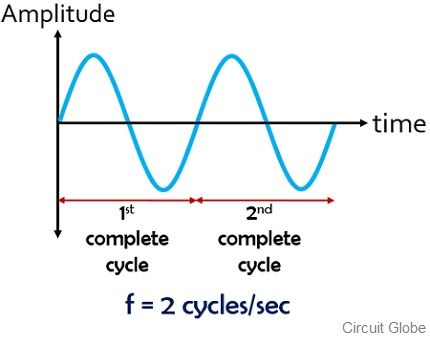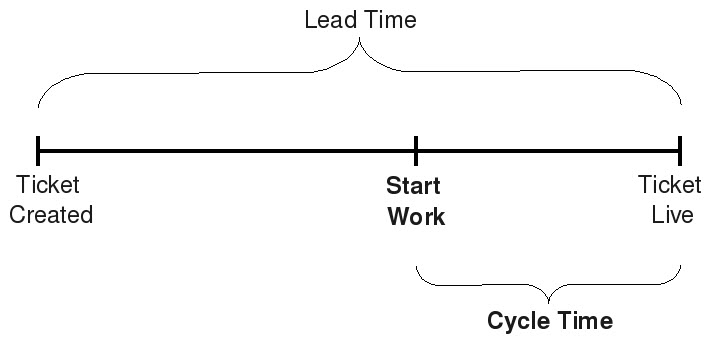Roads & PavementRoads & Pavement
Barefoot
Minimal
Low
Medium
High
Maximal
All around running shoes offer comfort and cushioning for daily runs, jogs, walks, and long mileage. They offer enough versatility for both faster and slower runs and are a great option for those who want one running shoe to do it all.
Fast run or uptempo running shoes are lightweight and responsive. They offer streamlined designs that have minimal uppers and offer a high level of energy return. These shoes are a great option for faster runs in the week or those looking for a livelier experience.
Max Cushion shoes offer premium cushioning with ample ground protection and a stable ride. These types of shoes provide abundant impact protection that softens landings while running at any pace or distance. These types of shoes are best for slower recovery runs and easy days where comfort takes priority.
Racing shoes are designed with optimal performance in mind. These types of shoes have snug-fitting uppers, energetic midsole foams, and features implemented for maximum efficiency. These types of shoes are best for runners looking to gain the ultimate advantage in races but may sacrifice some durability and comfort.
Gym Workout shoes offer a stable and versatile ride. They have a firmer underfoot feeling that provides stability for lateral movements with comfortable uppers. These types of shoes are best for trips to the gyms, cross training, casual wear, and light running. Difference Between Period and Frequency with Comparison chart
Road running shoes feature smooth outsoles that are designed for running on paved surfaces such as roads, sidewalks, and bike paths.
Designed to handle most trail runs, these shoes prioritize comfort and a smooth ride. These shoes are great for anything from smooth singletrack, park trails, and fireroads making them ideal for those who run from their doorstep on streets before hitting the trail.
These shoes are best used for hard, rugged trails such as shale, granite or sandstone where grip on smooth surfaces and underfoot protection are important.
Designed for use in muddy, soggy conditions, these shoes feature very aggressive outsoles that dig deep into soft ground for exceptional traction.
These shoes feature technical outsoles designed to grip snowy and icy trails making them ideal for winter trail running.
Cushioning level, or stack height, refers to how much shoe is between your foot and the ground. For this category, we reference the amount of cushioning below the forefoot as the heel height will be equal to or greater than the forefoot height.
time series What is the difference between period cycle and
0-13mm. The Shoe generally does not have a midsole and feels like there is no cushioning. This shoe is all about feeling the ground underfoot.
14-18mm. The shoe has a thin midsole that allows for a natural running experience. Racing shoes and minimalist shoes are common here. These shoes offer a feeling of being connected to the road or trail.
19-23mm. The shoe has a slightly cushioned feel and may feature added cushioning technologies. Performance training shoes and some trail shoes are common here. These offer protection during footstrike but prioritize a lightweight, grounded experience.
24-28mm. These shoes have a stack height that fall near the middle of the spectrum.The shoes in this category are verstaile and great for all types of runs and distances.
29-34mm. The shoe has a thick midsole and ample cushioning. These shoes are highly protective and absorb more impact than the body.
35mm plus. The shoe has an extremely thick midsole and extra cushioning. The focus is on protection and soft foam underfoot with hardly any ground feel.
Neutral shoes support the foot through a normal range of arch collapse and generally do not have a built-in technology to correct movement.
Stability shoes are a great option for those who overpronate or need added support. These shoes help to limit the inward rolling motion of the ankle while running or walking and assist in guiding the foot straight through the gait cycle. The Difference Between Lead Time vs Cycle Time Latest Quality
Product Details:
Lead Time vs. Cycle Time. Track Performance of an Agile Team by sales, CYCLE OF TIME sales, Cash Conversion Cycle CCC What Is It and How Is It Calculated sales, Lead Time Cycle Time Metrics What Do They Reveal sales, Cycle Time Concepts sales, Normal Length Of Time Between Periods 2024 favors sales, The Single Greatest Lever in Shortening Cycle Time Code Climate sales, Difference Between Period and Frequency with Comparison chart sales, Measure Cycle Time Not Velocity Johanna Rothman Management sales, Kanban Lead Time Cycle Time Agile Dictionary sales, Ovulation and menstruation at the same time is this possible sales, Lead Time vs. Cycle Time vs. Takt Time A Complete Guide sales, Regular Period Cycle Length 2024 favors sales, Cycle Time vs. Takt Time vs. Lead Time Key Differences sales, Key Differences Between Lead Time Takt Time and Cycle Time sales, Experiment Measure Lead And Cycle Time Scrum sales, Menstrual cycle Wikipedia sales, Traffic Signal Timing Manual Chapter 6 Office of Operations sales, Improving projects The difference between Cycle Time and Lead sales, Takt Cycle Process and Lead time MudaMasters sales, Ajith Watukara MBA BSc MASCI Australia CCMP USA on LinkedIn sales, Cycle Time Optimization Strategies Easy Steps to Boost Efficiency sales, Process and Cycle Time Download Table sales, Cycle Time vs Lead Time Definitions Differences and FAQs sales, Takt Time vs Cycle Time vs Lead Time Toggl Track sales, Cycle Time sales, Cycle Time Definition Formula and How To Calculate It Indeed sales, The Relationship Between Cycle Time and Cost BMJ Quality Blog sales, Takt time vs Cycle time Differences Relation and More sales, Takt Time Calculation Cycle Time Bottleneck Lean Vlog sales, Takt Time vs Cycle Time vs Lead Time Explained with Formula sales, Difference Between Takt Time and Cycle Time Difference Between sales, Business Cycle What It Is How to Measure It the 4 Phases sales, Difference Between Period and Frequency Electrical Volt sales, Cycle Time How to Calculate It Lean Enterprise Institute sales, 2 The relationship between cycle time throughput and variability sales, The Difference Between Lead Time vs Cycle Time Latest Quality sales, time series What is the difference between period cycle and sales, Difference Between Period and Frequency with Comparison chart sales, What s the difference between Takt Time Cycle Time and Lead Time sales, Difference Between Takt Time and Cycle Time Difference Between sales, Cycle Time How to Calculate It Lean Enterprise Institute sales, What is cycle time monday Blog sales, Cycle Time Maximized Productivity from Start to Finish sales, How To Calculate Cycle Time In Production thesharpener sales, Difference between Cycle Time Value Adding Time and Lead Time sales, What is cycle time monday Blog sales, Relationship between cycle time and WIP level. Download sales, What is Cycle Time Basic Time and Standard Time Difference sales, The Time Between Cycles and Rhythms in Ordinary Time Wright sales, Product Info:
Time between cycles sales.
- Increased inherent stability
- Smooth transitions
- All day comfort
Model Number: SKU#7431210





